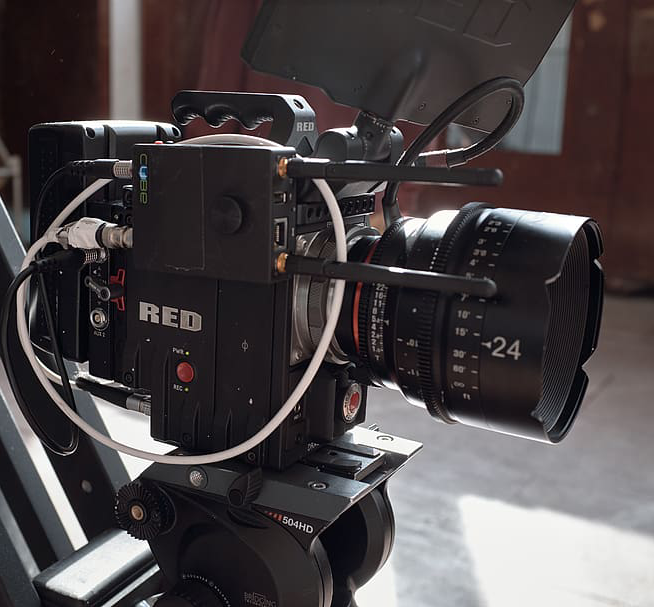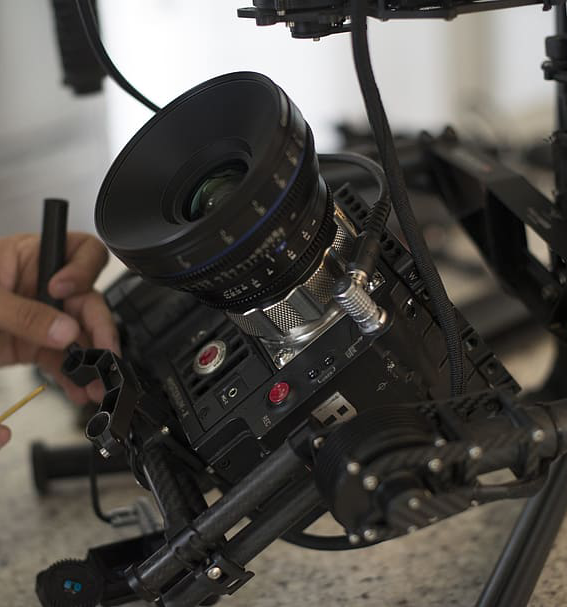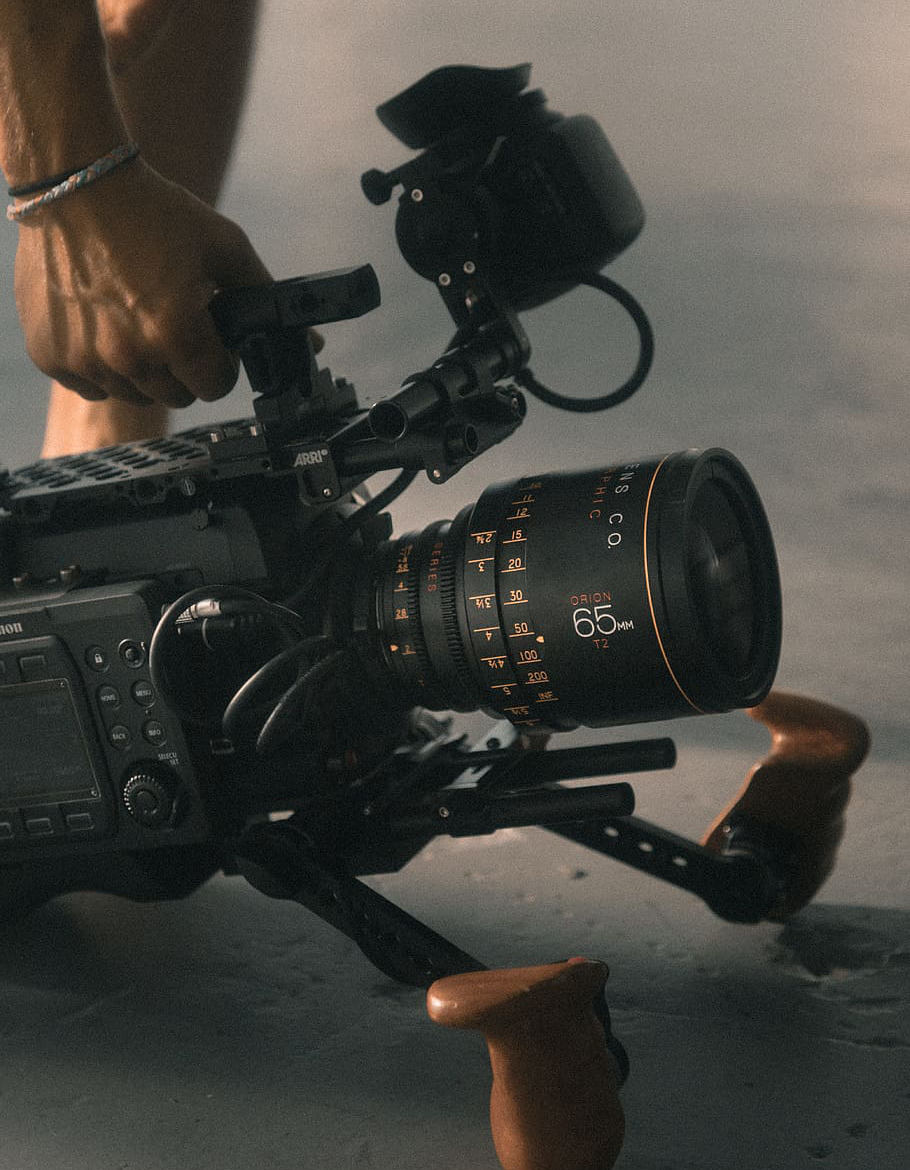In today's world, visual storytelling has become a powerful tool to communicate ideas and emotions, and this has resulted in an increased demand for professionals who can create engaging and high-quality content. From Hollywood blockbusters to YouTube tutorials, the need for skilled film and video production has never been greater.
FILM AND VIDEO PRODUCTION:
A Comprehensive Guide to Making Your Vision Come to Life



film production
video production
film production
video production
film production
video production
film production
video production
film production
video production
video production
film production
video production
film production
video production
film production
video production
film production
video production
film production
Before the cameras start rolling, it's crucial to plan out every detail of your project. This is where you lay the foundation for the entire production, and getting it right can save you a lot of time and money down the line.
Pre-production
Once you have a solid plan, it's time to put it into action. This involves setting up the equipment, directing the actors, and shooting the scenes. Here are some tips for a successful production.
Production
Once you have all the footage, it's time to edit and polish your project. This involves selecting the best shots, adding special effects and sound, and color grading. Here are some tips for a successful post-production process.
Post-production
PRE-PRODUCTION

Concept
What's your idea? What's the story you want to tell? What message do you want to convey? These are the questions you should ask yourself before anything else. Your concept should be clear and well-defined.

Concept
In video production, a concept refers to the central idea or theme that a video will revolve around. It is the creative vision or storyline that provides the foundation for the video, and it can be conveyed through a script, treatment, or storyboard. The concept should be clear, compelling, and aligned with the overall goals of the project. It guides the creative direction of the video and informs decisions on everything from casting and location to camera angles and visual effects. A well-developed concept is essential for producing a successful video that resonates with the intended audience.

Script
Once you have a concept, it's time to start writing the script. This involves creating the story structure, developing characters, and writing dialogue. Make sure to have a clear understanding of the tone and genre of your project.

Script
In video production, a script is a written document that outlines the dialogue, actions, and visual elements of a video or film. It is the blueprint for the production and serves as a guide for the director, actors, and crew to bring the story to life on screen. A script typically includes scene descriptions, character names, dialogue, and camera directions. It may also include notes on lighting, sound effects, and music. A well-written script is essential for conveying the concept and story of the video and ensuring that the production runs smoothly. It is often revised multiple times before filming begins to refine the story and dialogue and to address logistical concerns.

Locations
Finding the right locations can be challenging, but it's essential for creating a believable and immersive experience. Consider the accessibility, lighting, and atmosphere of each location.

Locations
Location scouting is the process of searching for and selecting suitable filming locations for a video or film production. It involves visiting potential locations to assess their visual appeal, accessibility, and suitability for the project. The location scout typically works closely with the director, cinematographer, and production designer to find the ideal settings that match the creative vision of the project. They may take photographs, videos, or notes of each location to share with the production team. The chosen locations should be practical and safe for filming, and they may require permits, contracts, or other legal arrangements. Location scouting is a crucial part of pre-production planning and can greatly impact the visual quality and authenticity of the final product.

Casting
Your actors will bring your story to life, so it's essential to cast the right people. Consider their acting ability, physical appearance, and availability.

Casting
In video production, casting refers to the process of selecting actors to play the roles in a video or film. Casting typically involves a casting director who works with the director to identify and audition potential actors for each role. The casting director may review headshots, resumes, and demo reels from actors or hold open casting calls to find suitable talent. The audition process may involve reading from the script, performing improv, or demonstrating physical skills, depending on the nature of the roles. The casting director may also work with agents or talent agencies to identify suitable actors. Once the actors are cast, they will work closely with the director and other members of the production team to prepare for filming. A successful casting process is essential for creating believable characters that can effectively convey the story and emotions of the video.

Budget
Finally, create a budget that includes all the necessary expenses, such as equipment, locations, actors, crew, and post-production.

Budget
In video production, budgeting is the process of estimating and allocating financial resources to cover the costs of a video or film production. It involves creating a detailed budget that outlines the projected expenses for each aspect of the production, such as pre-production planning, location scouting, casting, equipment rental, crew wages, and post-production editing. The budget should account for all the costs associated with the project and consider potential unexpected expenses or contingencies. Once the budget is finalized, it serves as a guide for the production team to ensure that spending stays within the allocated funds. Effective budgeting is essential for managing the financial aspects of production, ensuring that the project is completed on time and within budget, and maximizing the return on investment for the production company or investors.
PRODUCTION

Equipment
Invest in quality equipment that can deliver high-quality visuals and sound. This includes cameras, lighting, microphones, and editing software.

Equipment
In video production, budgeting is the process of estimating and allocating financial resources to cover the costs of a video or film production. It involves creating a detailed budget that outlines the projected expenses for each aspect of the production, such as pre-production planning, location scouting, casting, equipment rental, crew wages, and post-production editing. The budget should account for all the costs associated with the project and consider potential unexpected expenses or contingencies. Once the budget is finalized, it serves as a guide for the production team to ensure that spending stays within the allocated funds. Effective budgeting is essential for managing the financial aspects of production, ensuring that the project is completed on time and within budget, and maximizing the return on investment for the production company or investors.

Directing
Your role as a director is to bring the script to life by guiding the actors and crew and making creative decisions on set. Communication is key, so make sure to provide clear instructions and feedback to everyone involved.

Directing
Directing in video production refers to the creative and technical leadership provided by the director to bring the video or film to life. The director is responsible for overseeing all aspects of the production, from the initial concept to the final edit. They work closely with the writer, cinematographer, production designer, and other crew members to ensure that the creative vision of the project is realized on screen. The director also guides the actors' performances and ensures that they are consistent with the tone and mood of the production. During filming, the director communicates with the camera and sound crews to capture the desired shots and sound. The director plays a critical role in the success of the video or film and is often seen as the driving force behind the project.

Shooting
Take your time to get the shots you need, and don't rush the process. Consider the framing, composition, and movement of each shot, as well as the lighting and sound.

Shooting
Shooting in video production refers to the process of capturing video footage for a video or film. It involves operating the camera and lighting equipment to record the action and dialogue of the actors and performers. The shooting process is typically guided by the director and cinematographer, who determine the camera angles, framing, and movement that will best convey the story and emotion of the scene. The camera operator may use different lenses, filters, and settings to achieve the desired look and feel of the footage. The lighting crew may adjust the intensity, direction, and color of the lights to create a specific mood or effect. During shooting, the actors and crew members must coordinate their actions and movements to ensure that the footage is consistent with the script and storyboard. Shooting is a crucial part of the production process and can greatly impact the visual and emotional impact of the final product.
POST-PRODUCTION

Editing
Use editing software to piece together your footage, adding transitions, music, and sound effects as needed. Focus on pacing and flow, making sure the story is engaging and coherent.

Editing
Editing in video production refers to the process of selecting, rearranging, and manipulating video footage and audio recordings to create a cohesive and compelling final product. The editing process can involve cutting and splicing different shots together, adding visual and sound effects, adjusting color and tone, and refining the pacing and timing of the footage. The editor works closely with the director to ensure that the edited footage aligns with the creative vision of the project. They may also work with sound designers and composers to create a soundtrack that enhances the emotional impact of the video. The editing process requires technical skill and creativity, and can greatly influence the overall quality of the final product. A well-edited video or film can evoke strong emotions, tell a compelling story, and engage the audience in a meaningful way.

Special Effects
Depending on the project, you may need to add special effects to enhance the visuals or create a specific atmosphere. This can be done using software or practical effects.

Special effects
Special effects in video production refer to any technique used to create visual or audio effects that cannot be achieved through traditional filming techniques. These effects can include computer-generated imagery (CGI), practical effects, and sound effects. CGI involves using computer software to create realistic or fantastical images and animation. Practical effects involve using physical props, makeup, and other tools to create realistic or fantastical effects. Sound effects involve creating or manipulating audio recordings to enhance or modify the sound in a video. Special effects can be used to create a range of visual and audio effects, including explosions, weather effects, creatures, and more. Special effects require specialized knowledge and tools, and are typically created by a team of artists, technicians, and engineers. The use of special effects in video production can greatly enhance the visual and emotional impact of the video, and can help to create a unique and memorable experience for the audience.

Sound
Sound is an essential part of any video production, so make sure to invest in quality sound equipment and spend time on sound design and mixing. This includes dialogue, music, and sound effects.

Sound
Sound refers to the process of adding, editing, and mixing sound effects, dialogue, and music to the video or film during the post-production phase. This involves enhancing or modifying the recorded sound, adding background music and sound effects, and mixing the sound elements to create a cohesive and balanced soundtrack. The sound editor works with the director and sound designer to ensure that the sound aligns with the creative vision of the project. They may use specialized software and hardware tools to edit, clean up, and enhance the sound recordings. During the sound mixing process, the editor balances and adjusts the sound levels, adds sound effects and music, and creates a final mix that complements the visuals and enhances the emotional impact of the video. Sound on post-production is a crucial aspect of the production process, as it greatly influences the audience's perception of the video and can enhance the overall quality of the final product.

Color Grading
Finally, color grading is the process of adjusting the color and tone of your footage to create a specific mood or look. This can be done using color grading software, and it's an essential step in creating a professional-looking video.

Color grading
Color grading in video production refers to the process of adjusting the color and tone of the video footage to achieve a desired look or mood. It involves enhancing or modifying the colors, brightness, contrast, saturation, and other aspects of the image to create a consistent and polished final product. Color grading is typically performed by a skilled colorist using specialized software and hardware tools. The colorist works with the director and cinematographer to ensure that the color grading aligns with the creative vision of the project. Color grading can greatly enhance the visual impact of the video, giving it a distinct style and personality. It can also help to create a consistent and cohesive look throughout the video, even when shot under different lighting conditions or in different locations.
Producing a film or video can be a challenging and rewarding experience. By following these essential steps, you can bring your vision to life and create content that resonates with your audience. Remember to plan carefully, communicate effectively, and invest in quality equipment and software. With practice and persistence, you can become a skilled film and video producer, bringing your stories to the world.
Just hit that button and let the good times roll!
Wanna more!?


* Sure, go ahead and enter your email address!


